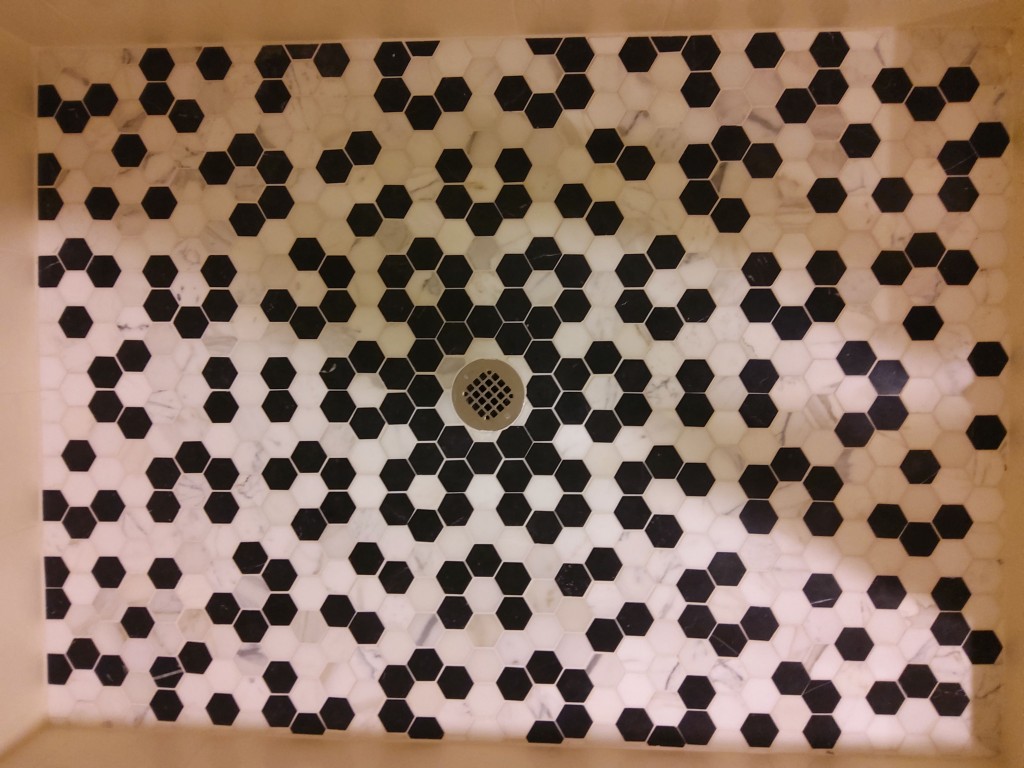Speaker: Dr. Kamuela Yong, UH West Oahu.
3:30-4:30PM, Keller 303.
Title: When Mathematicians Don’t Count
Abstract: A systemic issue of Indigenous invisibility within the mathematical community persists, rooted in practices that obscure Indigenous individuals in demographic data. Whether through aggregation with broader groups, categorization as “other,” or complete omission due to identifiability concerns, they remain statistically invisible. This not only impedes accurate representation but also perpetuates the false narrative that mathematics is devoid of Indigenous presence.
Simultaneously, Indigenous voices remain critically absent within educational spaces.
In this talk, I will not only address these challenges but also share our ongoing efforts to build a thriving community of Indigenous mathematicians. Furthermore, I will discuss my personal journey in transforming my curriculum, infusing it with examples of ancestral knowledge and Indigenous perspectives integrated into mathematical concepts.
By shedding light on these issues and offering actionable strategies for change, this presentation seeks to inspire hope and promote a more inclusive and welcoming environment for Indigenous individuals within the mathematical community.

